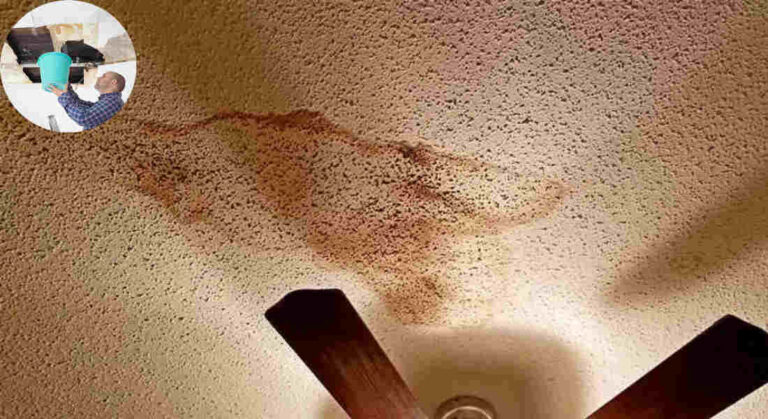Maintaining a safe and healthy environment in your home is fundamental for your well-being. One of the most overlooked aspects of home maintenance is the integrity of your roof. A compromised roof can lead to serious issues, including water leaks, which can cause extensive damage and health risks.
Understanding Roof Leaks and Their Impact
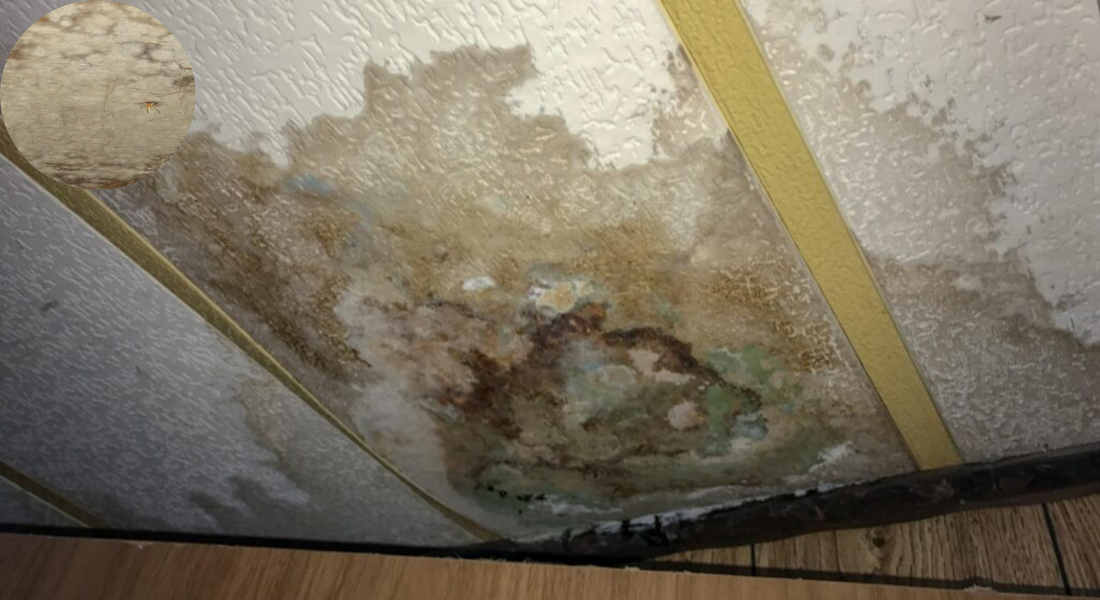
Definition and Common Causes of Roof Leaks
A roof leak occurs when water penetrates through the roofing material and enters the home. Understanding the common causes of these leaks is essential for homeowners:
- Damaged Shingles: Missing, cracked, or curled shingles can allow water to seep through.
- Flashing Issues: Flashing, which is installed around chimneys and vents, can become loose or break, leading to leaks.
- Clogged Gutters: When gutters are blocked, water can overflow and seep under the roofing materials.
- Physical Damage: Storms, falling branches, or other physical impacts can damage roofs, creating openings that allow water to enter.
How Leaks Allow Water Infiltration
Once a roof leak occurs, water can infiltrate various structures within your home. This infiltration can lead to significant moisture accumulation. The moisture often settles in hidden areas, such as attics, ceilings, and walls, making it difficult to detect.
Explanation of Moisture Accumulation
Moisture accumulation can result in favorable conditions for mold growth. Mold thrives in damp environments, and when water infiltrates hidden areas, it often leads to a cycle of damage that can go unnoticed until it’s too late.
The Connection Between Roof Leaks and Mold Growth
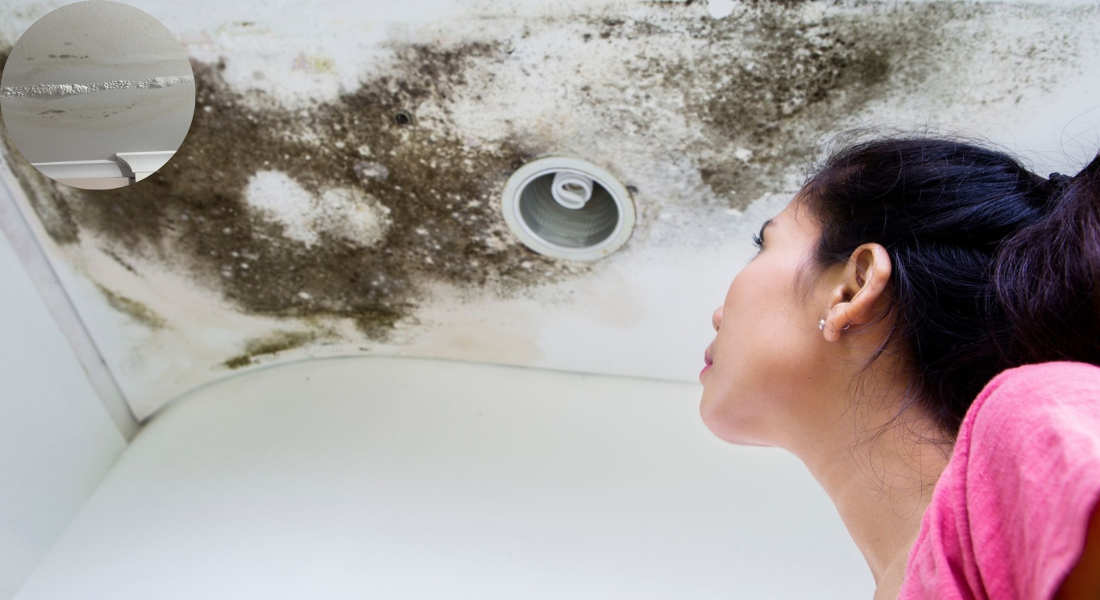
Why Moisture is Critical for Mold Development
Mold spores are microscopic and can be found almost anywhere. However, they require a damp environment to germinate and spread. When a roof leak occurs, it creates an ideal setting for mold growth.
How a Leaking Roof Creates Ideal Conditions for Mold
You may also read (5 best plywood types for house roofing).
A leaking roof can lead to:
- Trapped Moisture: Water becomes trapped in walls and ceilings, providing a consistent source of moisture.
- Poor Ventilation: Poorly ventilated areas can retain heat and humidity, further promoting mold growth.
- Warm Temperatures: Mold thrives in warm conditions, making attics and similar spaces prime areas for development.
Timeframe for Mold Growth
It’s crucial to note that mold can start growing within 24 to 48 hours after a leak begins. This rapid growth underscores the importance of addressing leaks immediately.
Common Hidden Growth Areas
The most common areas where mold may thrive due to roof leaks include:
- Attics: Often overlooked, attics can accumulate moisture quickly.
- Behind Walls: Water can seep into wall cavities, creating a hidden breeding ground for mold.
- Ceilings: Stains or discoloration on ceilings may indicate the presence of mold growth.
Types of Mold Commonly Found Due to Roof Leaks
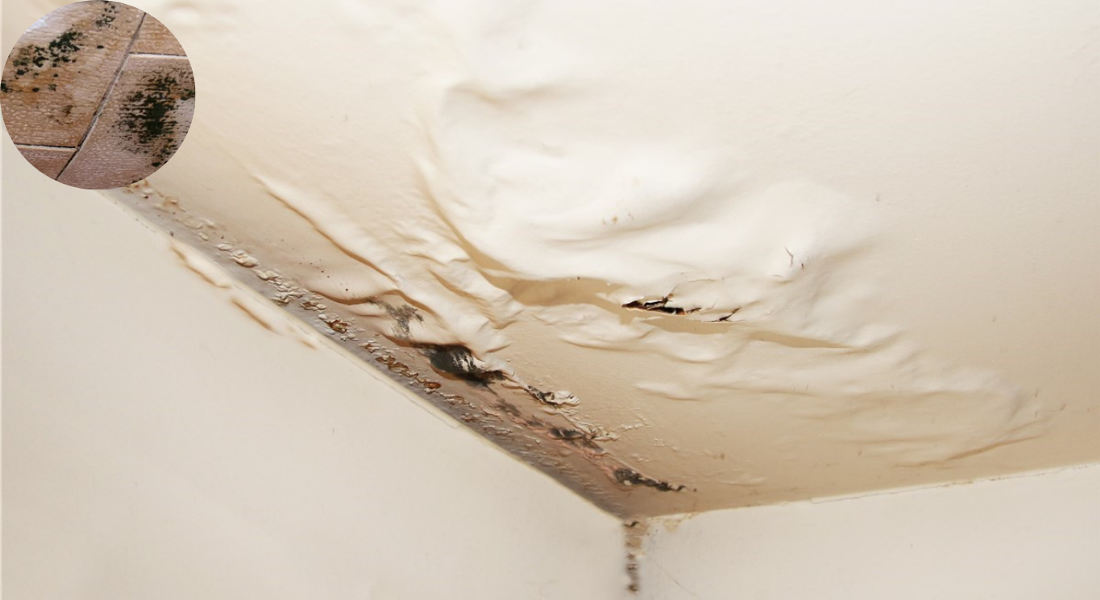
Overview of Common Mold Species
Different types of mold can develop as a result of roof leaks. Some of the most common species include:
- Cladosporium: Typically found in damp areas, it can cause respiratory issues.
- Aspergillus: Often found indoors, some species can produce harmful mycotoxins.
- Black Mold (Stachybotrys chartarum): Known for its dark appearance, it is one of the most toxic molds and can cause significant health issues.
Variations in Mold Appearance
Mold can vary in appearance, ranging from fuzzy spots to dark patches. The color and texture can give clues about its type and potential risks.
Potential Severity of Different Mold Types
The severity of mold types can vary greatly. While some may only cause minor health problems, others, such as black mold, can lead to serious health issues, making it crucial to address mold growth promptly and effectively.
Health Risks Associated with Mold from Roof Leaks
Respiratory Issues and Allergies
Mold exposure can lead to numerous health issues, particularly for individuals with sensitive health conditions. Common health effects include:
- Respiratory Issues: Difficulty breathing, coughing, and asthma exacerbations.
- Allergies: Increased sensitivity to mold can cause allergic reactions, including sneezing and runny noses.
- Eye Irritation: Mold spores can cause watery, itchy eyes.
Vulnerable Populations
Certain groups are more vulnerable to mold exposure, including:
- Infants: Their immune systems are still developing.
- Elderly individuals may have weakened immune systems.
- Immunocompromised Individuals: Those with weakened immune systems are at a higher risk for serious health issues.
Long-Term Health Consequences
Exposure to toxic molds, such as black mold, can lead to long-term health consequences, including chronic respiratory problems and neurological issues. It is vital to address mold issues as soon as they are detected.
Structural and Financial Consequences of Mold Growth
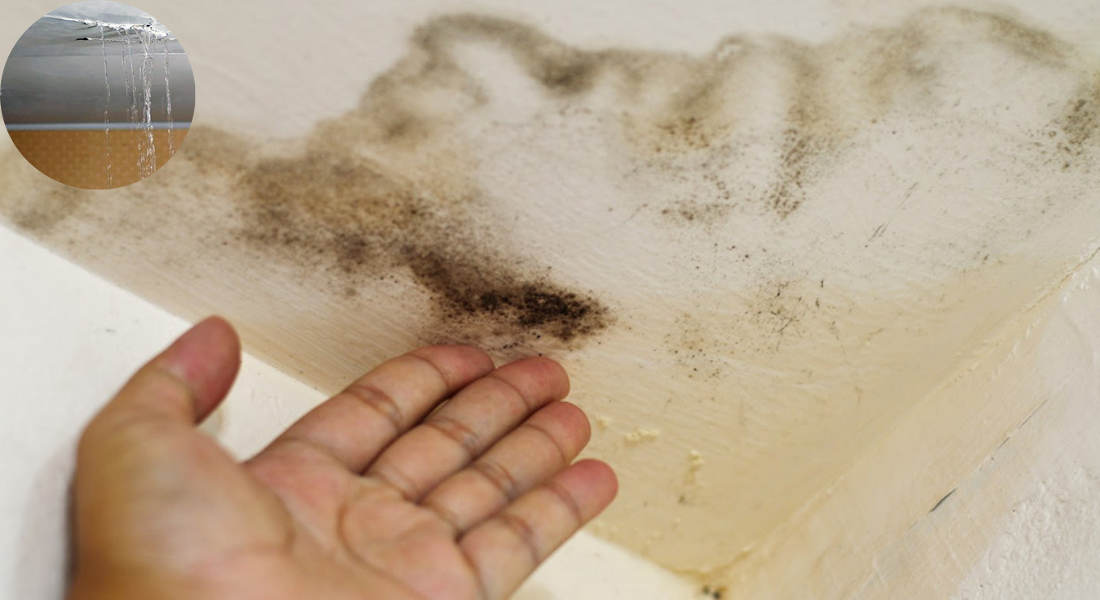
How Mold Damages Wood and Drywall
Mold can compromise the structural integrity of your home. It can damage:
- Wood: Mold feeds on organic materials, leading to rot and decay.
- Drywall: Once wet, drywall can become soft and fragile, necessitating replacement.
- Insulation: Mold can compromise insulation, reducing energy efficiency.
You may also read (how to sharpen cutting shears at home effectively).
Impact on Home Safety
Mold growth can lead to serious safety concerns, including:
- Sagging Ceilings: Water-damaged ceilings can collapse, posing a danger to occupants.
- Weakened Walls: Compromised walls can lead to structural failures.
Effect on Property Value
Mold infestations can significantly decrease property value. Homes with a history of mold are often more challenging to sell, and potential buyers may be deterred by the associated risks.
How to Detect Mold and Roof Leak Issues Early
Signs of Roof Leaks
Detecting roof leaks early is essential for preventing mold growth. Look for these signs:
- Water Stains: Discoloration on ceilings or walls.
- Visible Drips: Active leaks can often be seen during rain.
- Musty Odors: Persistent damp smells can indicate the presence of hidden mold.
Indicators of Mold Presence
To identify mold growth, be aware of:
- Dark Spots: Often found in corners or hidden areas.
- Fuzzy Patches: Appear as growths on surfaces.
- Persistent Dampness: Areas that remain damp despite drying efforts.
Importance of Regular Inspections
Regular roof and attic inspections are essential, especially after repairs. This proactive approach can help catch potential issues before they escalate.
Preventing Mold Growth from Roof Leaks
Prompt Roof Leak Repairs
The most effective way to prevent mold growth is through prompt roof leak repairs. Addressing leaks immediately can prevent moisture from accumulating.
Ensuring Proper Ventilation
Proper ventilation in attics and affected areas is crucial. Adequate airflow helps to reduce humidity levels, making it less conducive for mold growth.
Maintaining Gutters and Downspouts
Regularly cleaning and maintaining gutters and downspouts ensures adequate water drainage. Clogged gutters can lead to overflow and leaks.
Using Moisture Barriers and Dehumidifiers
In areas prone to moisture, consider using moisture barriers and dehumidifiers to further control humidity levels.
Professional Mold Inspections
If mold is suspected, professional inspections and remediation are essential. Experts can accurately assess the extent of the mold and ensure its proper removal.
What to Do If You Suspect Mold from a Roof Leak
Immediate Steps to Take
If you suspect mold due to a roof leak, take the following steps immediately:
- Stop the Leak: Make temporary repairs to stop water entry.
- Dry Affected Areas: Use fans and dehumidifiers to thoroughly dry the space.
When to Call Professionals
If mold is visible or suspected, it’s time to call in roofing and mold remediation professionals. They have the expertise to handle the situation safely and effectively.
Importance of Thorough Mold Removal
Thorough mold removal is crucial to prevent recurrence. This often requires specialized equipment and techniques.
Health Precautions During Cleanup
If you are tackling mold cleanup yourself, take necessary health precautions, including wearing masks and gloves to protect yourself from mold exposure.
You may also read (discover the importance of your homes roof structure).

